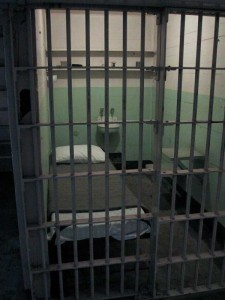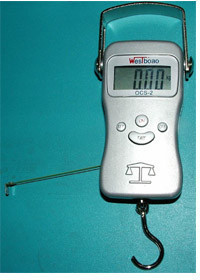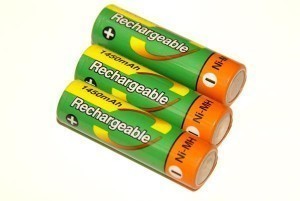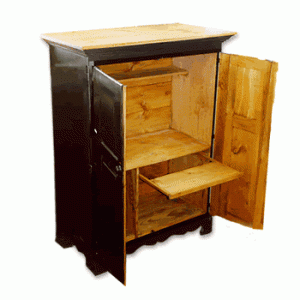What is the Size of a Terabyte?
With the advent of image processing programs, video editing software, home studio applications, and other similar 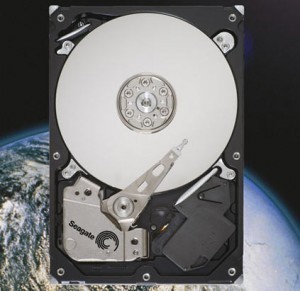 desktop publishing software, comes the demand for larger storage space. It is no longer just a necessity for those who use such applications but they also become an important investment. Those who are wondering about available storage space for your computer, you might want to check out hard drives that offer at least one terabyte of storage.
desktop publishing software, comes the demand for larger storage space. It is no longer just a necessity for those who use such applications but they also become an important investment. Those who are wondering about available storage space for your computer, you might want to check out hard drives that offer at least one terabyte of storage.
Sizing Up a Terabyte
To the average computer user, a terabyte would be equal to 1,000 gigabytes. You may also hear the usual drill that goes eight bits is a byte, a thousand bytes is a kilobyte, and a thousand kilobytes is a megabyte. That is usually followed by a thousand megabytes is a gigabyte and a thousand gigabytes is a terabyte. Though those are just rough estimates of how much actual storage space there is, they do work for the not so techie computer users.
However, if you want to get the actual size of a terabyte you won’t get exact numbers by thousands. What you will have instead is that a kilobyte is 1,024 bytes, a megabyte is 1,024 kilobytes, a gigabyte is 1,024 megabytes, and a terabyte is 1,024 gigabytes.
Tracing Its Roots
Going back to the late 80s, most home computer systems only had one hard drive. The average storage space available then would be about 20 megabytes, which is rather small considering today’s standard. All that changed by the mid-90s where there is an upsurge of 80 megabyte drives. With the introduction of operating systems that require more room than just several hundred megabytes came the increase in available storage space for the average home computer.
When the year 2000 then came new operating systems that had recommended hard drive spaces in terms of gigabytes. Windows Me, for example, required a minimum of 320 MB of storage space. However, the recommended amount of storage to hold the operating system alone was two gigabytes. On the other hand, Windows XP required a minimum of 1.5 GB with several gigabytes of storage required to install service packs and other applications you might want to add. By the year 2005 consumers were purchasing hard drives by gigabytes with the next step up in storage capacity in mind.
Picturing the Capacity
To help you picture out how much information can you store in a terabyte, we’ll try to translate that into the amount of words or pages you can save in each unit of storage on a hard drive. A byte will only contain just one letter from the alphabet or a symbol such as a period or a comma. One kilobyte can store a really short story. You can save a small novel or paperback in one megabyte. You can store several yards of books in one gigabyte. A terabyte however will be like cutting down 50,000 trees and turn them into paper with printed pages on them, which is something like an entire library of books.
